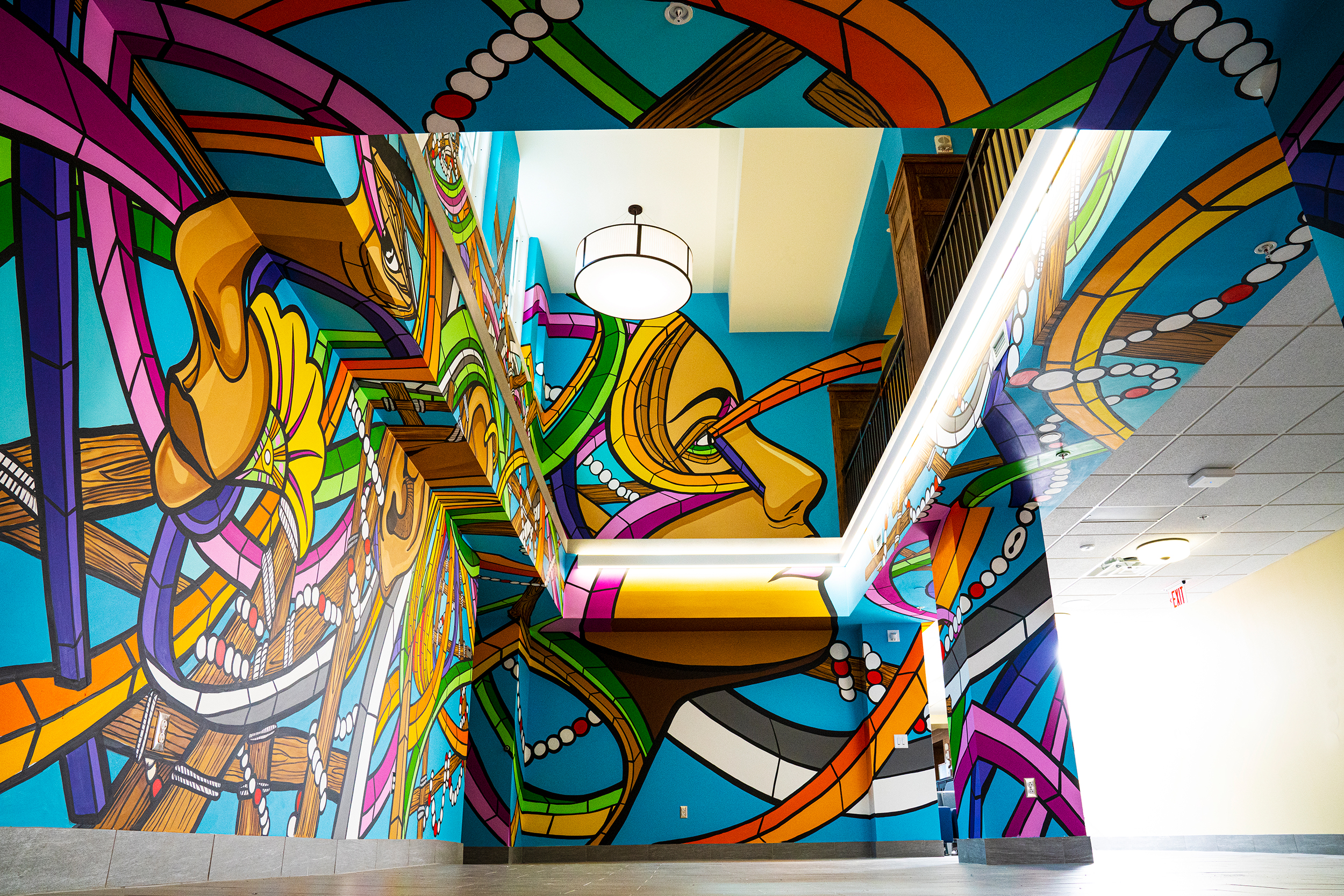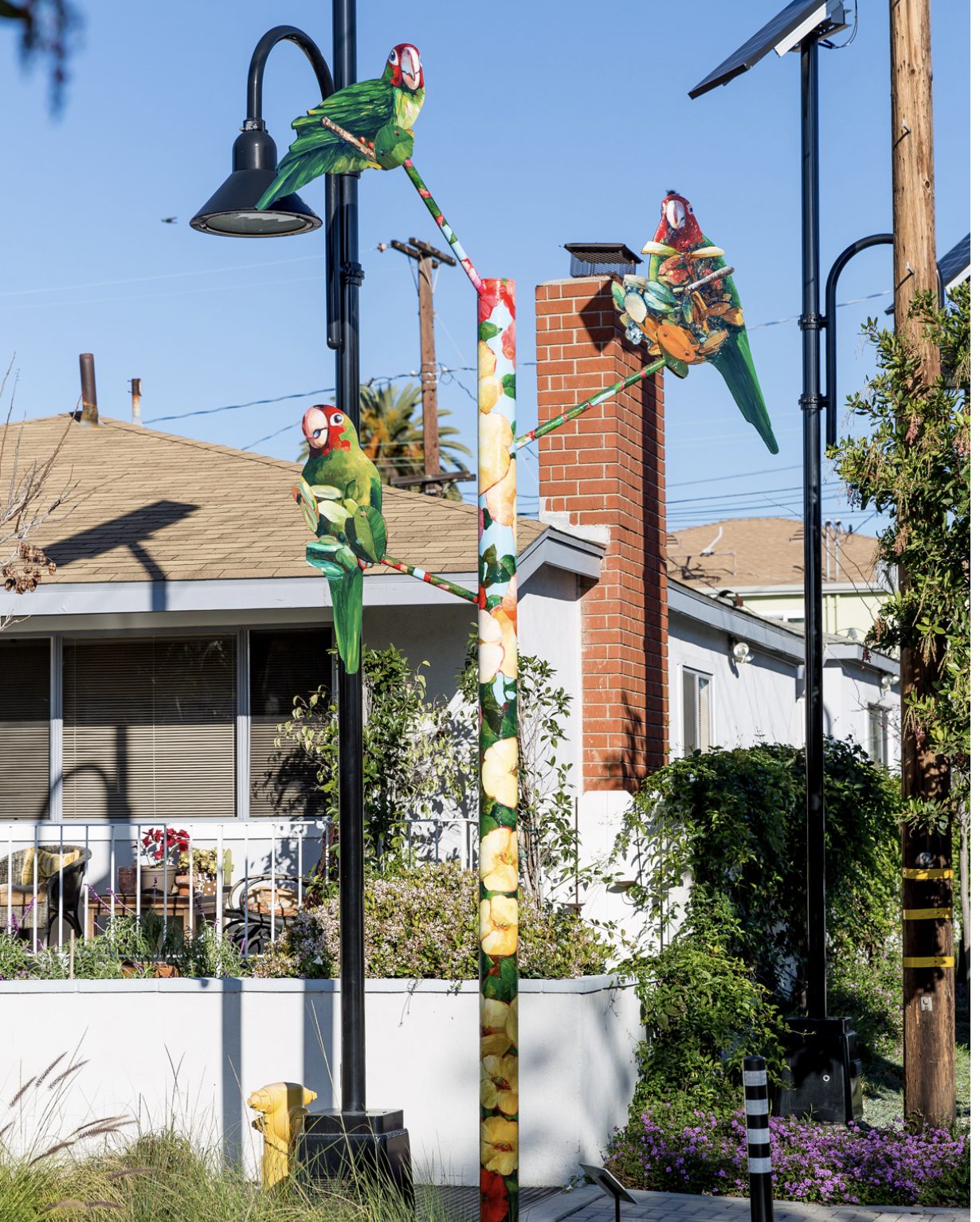The Public Art Archive™ (PAA) is a free, continually growing online database of public artworks throughout the U.S. and abroad. The portal is a comprehensive resource providing universal access to discover, explore, and learn more about public art across communities. We invite the public to delve into the complex stories that characterize public artworks as dynamic, interconnected keepers of history, context, and meaning.
Our mission to make public art more public has guided the program’s growth into the largest active database of public art. The system invites artists and organizations to contribute completed public art projects to the online public engagement portal at no cost. By making all projects discoverable on the world’s largest centralized source of public art information, artists and organizations can increase the accessibility and visibility of public art in every community.
Powered by Creative West (formerly WESTAF), a 50-year-old nonprofit arts service organization, PAA was built to serve and support artists, administrators, consultants, planners, educators, researchers, and audiences of all ages and backgrounds.



